 “Fatty Liver?” What Are Signs of a Fatty Liver?!
“Fatty Liver?” What Are Signs of a Fatty Liver?!
The possibility of my having a “fatty liver” had never crossed my mind! Lately, I’ve been experiencing a stiff neck, right shoulder pain, and tenderness or pain on the right side of my back beneath the shoulder blade. The pain has begun to interfere with sleep.
Synchronistically, this morning, “what to my wondering eyes should appear,” but a video about the fact that those could be signs of too much fat in my liver! That affects all kinds of things from blood circulation to digestion and more.
So, knowing that many people eat “the American diet” and may have this problem, I’m choosing to share with you the video that magically showed up on my computer, along with more great things I learned about liquids and other things we can use to help ourselves prevent and overcome this health problem. (I already knew about coffee. More about that later.)  But, first, a formal definition:
But, first, a formal definition:
Nonalcoholic Fatty Liver Disease
Nonalcoholic fatty liver disease (NAFLD) is the hepatic manifestation of the metabolic syndrome. NAFLD is a leading cause of chronic liver disease and cirrhosis in the US and is associated with metabolic syndrome, type 2 diabetes, cardiovascular disease, and all-cause mortality.~National Institutes of Health as noted by Fed Pract. 2019 Jan; 36(1): 14–19.
Now, Let’s Go to the Video
Fatty Liver Facts & Related Treatment Tips
This video has GREAT information and is important as relates to basic health, our dietary habits, and signs of – as well as help for – liver dysfunction.
I urge you to take a few minutes to watch and learn and then to share it with others whom you know could benefit. You can do that before or after you scroll through the rest of the info I have to share with you below.
The video was shared by Ryan Taylor @RyanTaylorNaturalRemedies, and he has posted information about many more topics worthy of our investigation. A closely related subject is his video, called 12 Strange Signs of a Bile Deficiency.
Here is the link where you can find his posts on additional health topics. https://www.youtube.com/@RyanTaylorNaturalRemedies.
Drinks That Help Cleanse a Fatty Liver
Author, Yasmin Portia Quiano wrote for Owls Nest Recovery about these drinks. I highly recommend you go to that website for details about this and additional valuable information.
She adds this.
Taking Care Of The Liver
Coffee
Coffee may be good for the liver, as it is said to protect against illnesses like fatty liver disease.
In a 2014 study in the Journal of Clinical Gastroenterology, coffee influences other enzymes, giving it protective effects. More than that, the journal mentions coffee seems to decrease fat buildup in the liver and increases protective antioxidants. Coffee also has compounds that help liver enzymes get rid of cancer-causing substances.
Anecdotally Speaking, “About That Coffee”
Once upon a long time ago, I had partial colectomy surgery, and I awoke from the anesthesia feeling extremely nauseated, dizzy, and as if I needed to throw up. I was not a coffee drinker and was surprised when an attendant brought me a cup of Sanka (which I thought was not real coffee and had a disgusting taste).
To my amazement, I intuitively accepted the cup.
After only ONE sip, I immediately felt the nausea and dizziness dissipate. I also immediately concluded that coffee is a liver cleanser. Ever since then, I have had one cup of “morning coffee” daily. It ensures the bowels move, and I’m then ready for long commutes, meetings, or whatever other work is on the schedule. In addition, it has anti-oxidants and other benefits, making it a true blessing!
Gold Kili Ginger or Ginger and Lemon Drinks
I also drink this regularly (hot or cold) to soothe the stomach, reduce inflammation, and reduce acidic conditions in the body. Tastes good and you can make it stronger or weaker, as you wish.
More Science
Lots of People Have Fatty Liver Disease: NAFLD OR NASH
For you scientifically-oriented folks, here is a more detailed explanation, courtesy of UCLA Health Medical Services,
What is Fatty Liver Disease?
- Fatty liver disease is also known as non-alcoholic fatty liver disease (NAFLD) and non-alcoholic steatohepatitis (NASH).
- Just as people get fat, so do livers. Simple fat in the liver is called steatosis. When there is fat and inflammation we add the term ‘hepatitis’ and get steatohepatitis. Therefore, fatty liver disease exists on a spectrum from simple fatty liver (NAFLD) to an inflamed fatty liver (NASH). Standard liver function tests (LFTs) cannot differentiate the two.
- NAFLD/NASH is the most common liver disorder in industrialized countries. In the United States, the prevalence of fatty liver disease ranges from 10-46%, and liver biopsy based studies report a prevalence of NASH of 1-17%. Systematic reviews suggest NAFLD prevalence in adults is probably 25-33%, while NASH prevalence is 2-5%. Thus, the natural history remains poorly understood and the influence of an individual’s genetic composition remains to be determined.
It’s Those Dastardly Sugar Cravings That Do Me In!
I wish I had the solution, but an extensive exploration of ways to stop the cravings is for another day and another blog, as I have found nothing that works or is workable for me so far. Feel free to add a comment if you have the answers!
Shall We Chat in a Sip & Share Session on Zoom?
I hope this has been helpful to you. I am not a nutritionist or a physician, but I can help people do things like overcome limiting beliefs, fears, and procrastination through several wellness techniques. Click on the links to learn more about my classes and/or coaching. Click Here to see my certifications.
If you’d like to explore those kinds of services, let’s chat. Feel free to take advantage of my free initial consultation to see how best I can meet your needs. Email me at MyGetWellGuru@gmail.com and put “Request Sip & Share Session” in the subject line. In the body of your email, let me know what kind of topic you want to discuss. We’ll coordinate schedules, and I’ll create a link for you to click on to join me in the Zoom session. The first one is FREE and lasts about 30 minutes. I look forward to talking with you!
DISCLAIMER: THIS WEBSITE DOES NOT PROVIDE MEDICAL ADVICE
All information, including but not limited to, text, graphics, images, and other material contained on this website is for informational purposes only. No material on this site is intended to be a substitute for professional medical advice, diagnosis, or treatment.
Always seek the advice of your physician or other qualified health care provider with any questions you may have regarding a medical condition or treatment and before undertaking a new health care regimen, and never disregard professional medical advice or delay in seeking it because of something you have read on this website.
I hope you will watch the videos I’ve recommended and will share them with people whom you know could benefit!
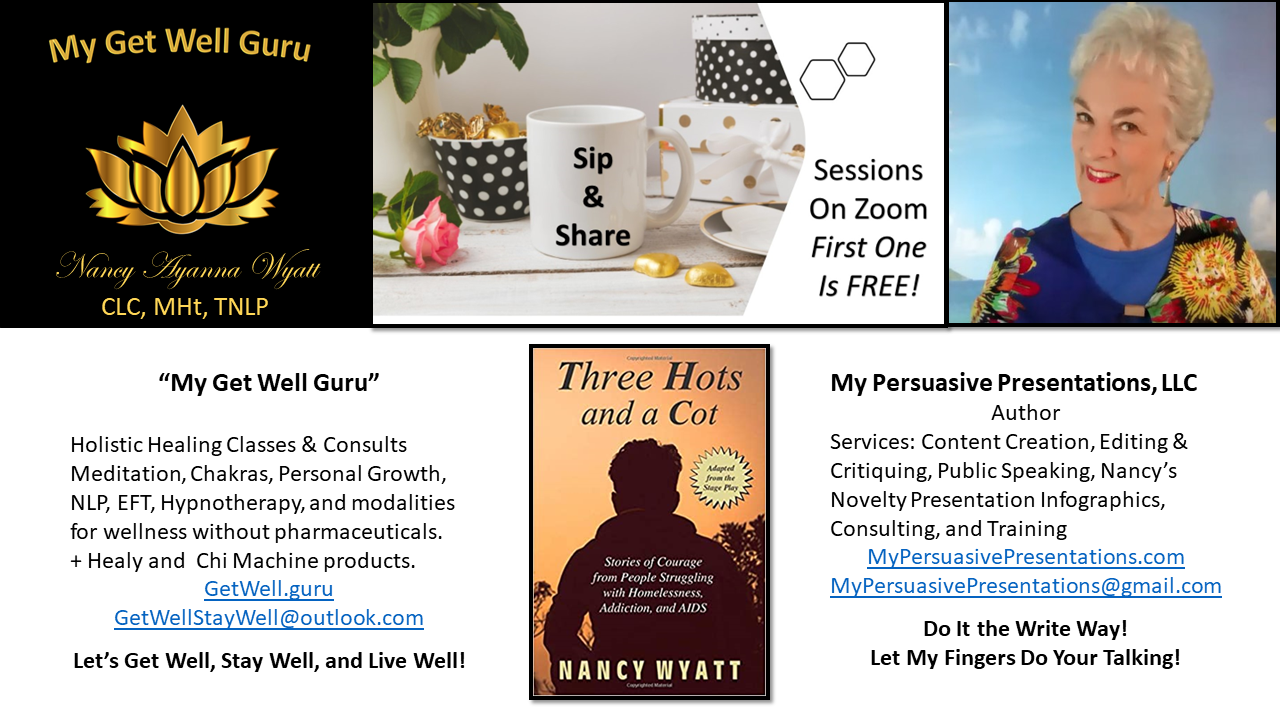

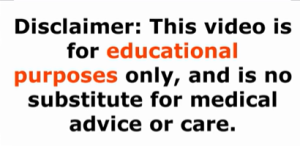
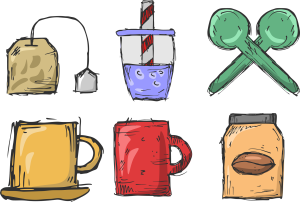

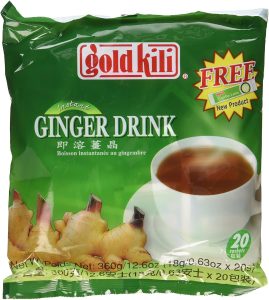
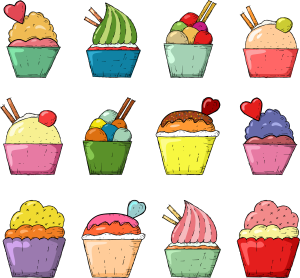
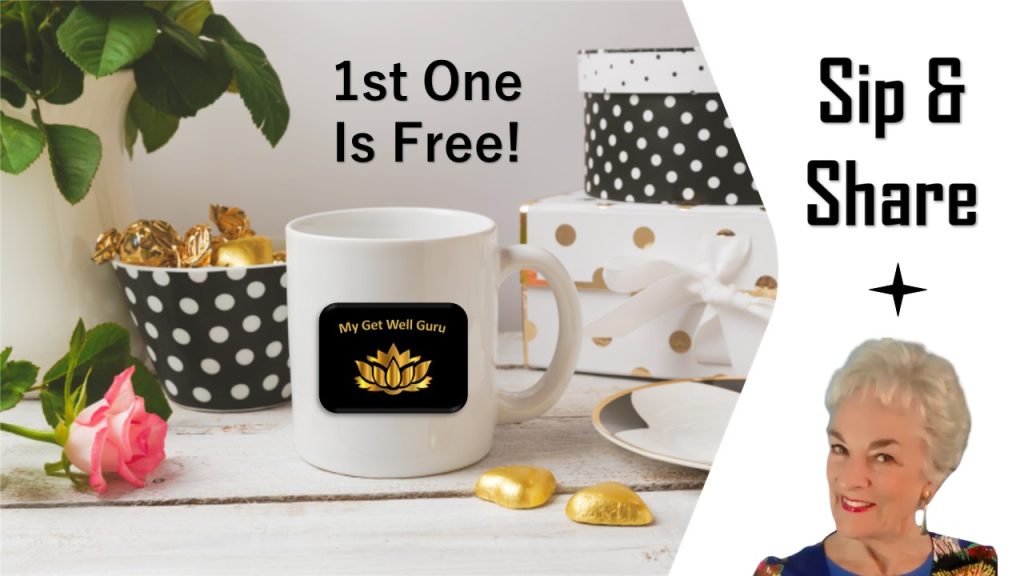
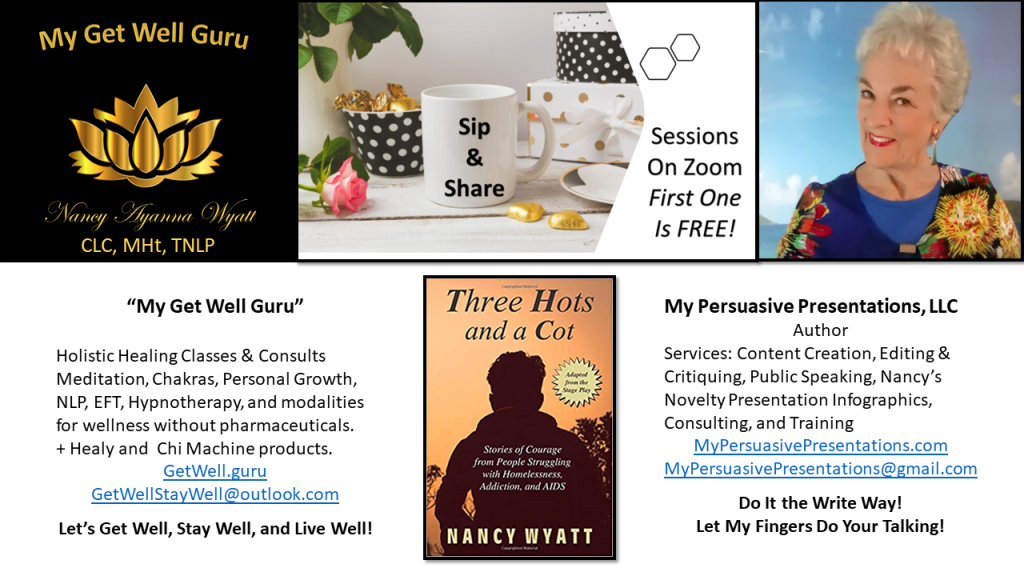
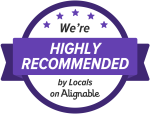
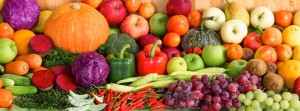

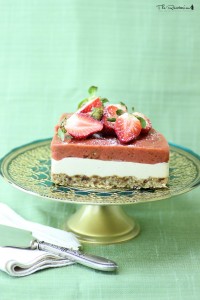


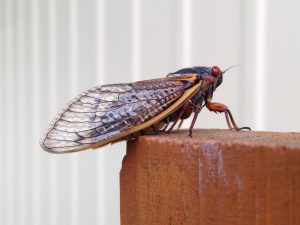 Cicadas make me crazy when they act like they’re blind and have no radar. They’ll fly right into your face as if you weren’t there!
Cicadas make me crazy when they act like they’re blind and have no radar. They’ll fly right into your face as if you weren’t there!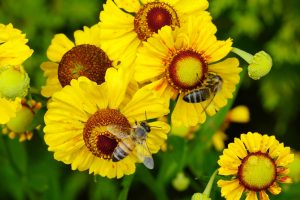 It all began when I was researching “honey” (like bees make) as a prescription for what ails us. That led me to
It all began when I was researching “honey” (like bees make) as a prescription for what ails us. That led me to 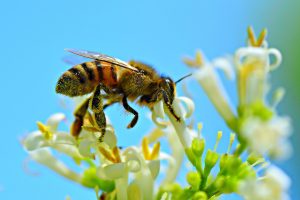
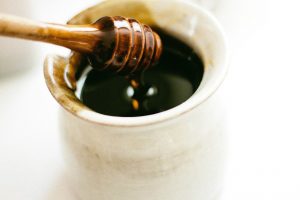


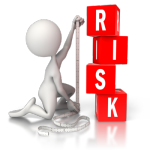 Question: are you at risk for developing osteoporosis or other Vitamin D deficiency-related illness? According to
Question: are you at risk for developing osteoporosis or other Vitamin D deficiency-related illness? According to